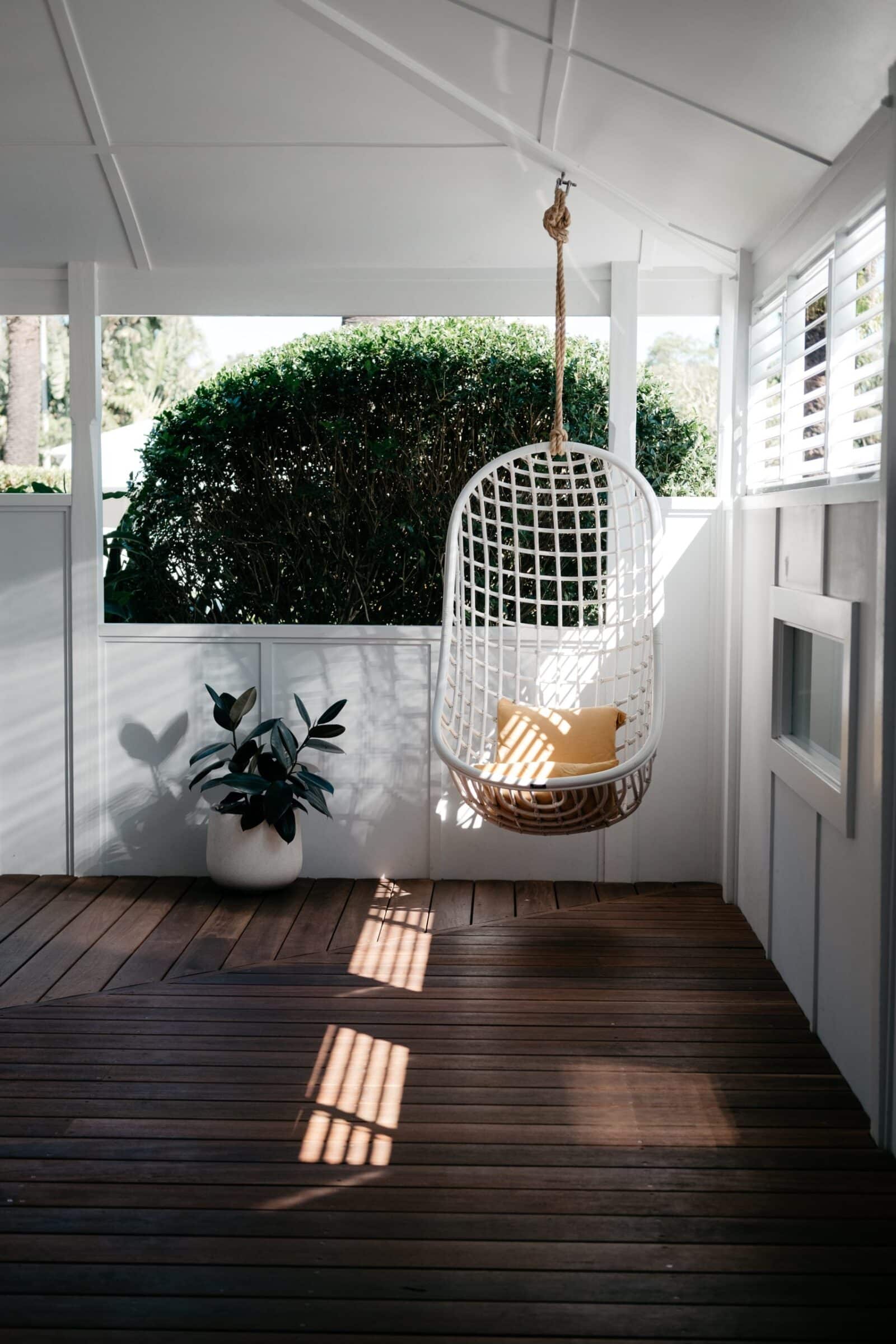Building a deck is more than just creating an outdoor space; it’s a science that requires a deep understanding of materials, engineering, and construction techniques. At Utah Deck Company, we believe that the key to a successful and long-lasting deck lies in the science of stability and durability. In this guide, we’ll delve into the scientific principles behind deck construction to ensure your deck stands the test of time.
Contents
1. Material Selection
The choice of materials plays a critical role in a deck’s stability and durability. Here’s a brief look at some common deck materials:
- Pressure-Treated Wood: Treated lumber is infused with chemicals to resist rot and pests, enhancing its longevity.
- Composite Decking: Made from a blend of wood fibers and recycled plastics, composite decking is resistant to moisture and rot.
- PVC Decking: PVC decks are highly durable and resistant to moisture, making them an excellent choice for longevity.
- Exotic Hardwoods: Woods like Ipe and Tigerwood are naturally resistant to pests, decay, and moisture, ensuring a long lifespan.
2. Load-Bearing Capacity
A fundamental aspect of deck science is understanding load-bearing capacity. Decks need to support the weight of people, furniture, and even hot tubs. Engineers calculate load limits to ensure that a deck can safely bear the intended load without sagging or collapsing. Proper framing, joist spacing, and fastener selection are critical to achieving the required load-bearing capacity.
3. Structural Design
The structural design of a deck is where science meets art. Engineers use mathematical calculations to determine the size and spacing of structural components like posts, beams, and joists. The design must account for factors like local climate conditions, soil type, and the deck’s intended use.
4. Fasteners and Connectors
The choice of fasteners and connectors is essential for deck stability. Screws, nails, and hardware must be corrosion-resistant and suitable for outdoor use. Connectors like joist hangers and post anchors play a vital role in securing structural components, ensuring they stay in place over time.
5. Proper Ventilation
Proper ventilation beneath the deck is crucial to prevent moisture buildup, which can lead to rot and decay. Engineers design ventilation systems that allow for adequate airflow while maintaining the deck’s structural integrity.
6. Waterproofing and Sealing
Water is a deck’s worst enemy. Waterproofing and sealing are critical steps to prevent moisture from penetrating the deck’s surface. This includes applying waterproof membranes, flashing, and sealants to vulnerable areas.
7. Inspections and Maintenance
The science of deck durability doesn’t end with construction. Regular inspections and maintenance are essential to identify and address issues early. This includes checking for loose fasteners, damaged boards, and signs of rot or decay.
8. Local Building Codes
Adhering to local building codes is a scientific necessity. These codes are in place to ensure that decks meet safety and structural standards. Engineers and builders must follow these regulations to ensure the structural integrity and longevity of the deck.
Conclusion
The science of deck stability and durability is a complex yet essential aspect of outdoor construction. When you trust Utah Deck Company with your project, you benefit from our commitment to understanding and applying the latest scientific principles to ensure your deck not only looks beautiful but also stands strong for years to come.
For expert deck construction and consultation, contact Utah Deck Company at (801) 921-6826 or visit our website here. Let’s build a scientifically sound and enduring outdoor space together.





